Your basket is currently empty!
Category: Dye plants
-

Short + sweet: Dyer's chamomile
Färber-Hundskamille, botanisch Anthemis tinctoria Die Färberkamille gehört zu den Korbblütlern (Asteraceae), ist bei uns heimisch, insektenfreundlich und gehört zu den festen Größen in meinem Färbergarten.
-
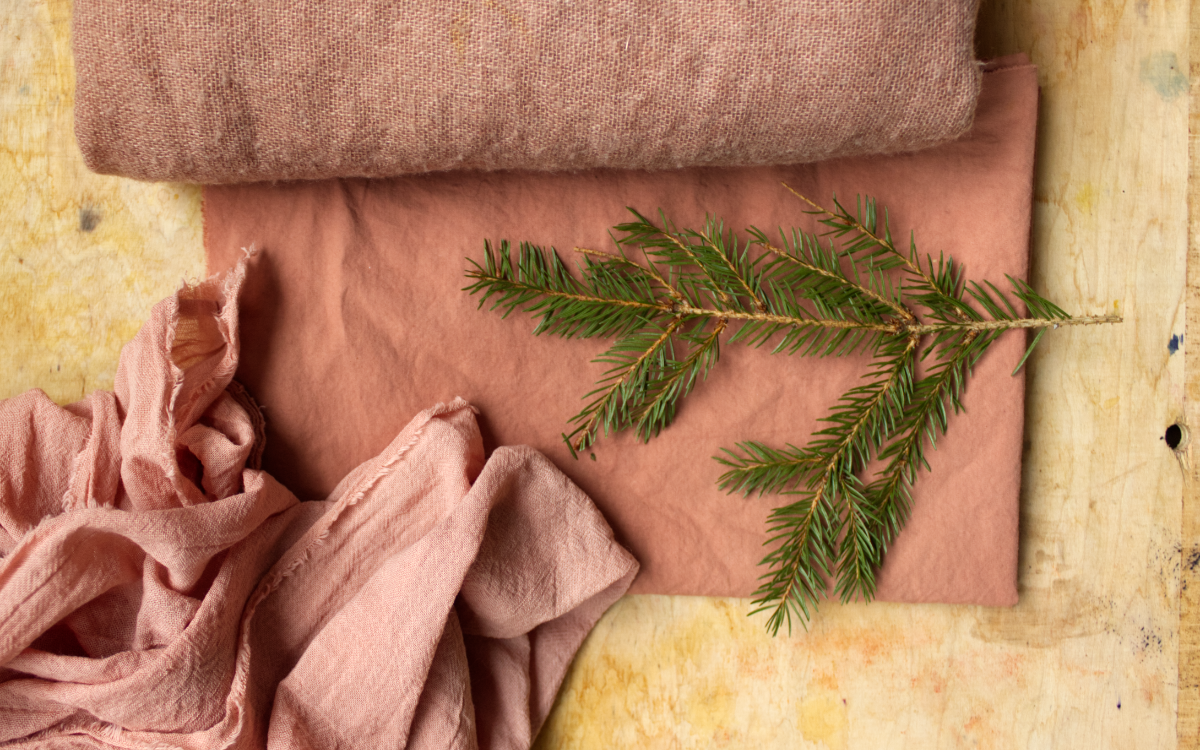
Dye plants in winter: Dyeing with spruce + how to identify conifers
Whether it's an old Advent wreath or prunings from your garden, you can dye with the needles of native conifers! These evergreen plants are some of the few dye plants to be found in winter (and throughout the rest of the year). Here are my tips for dyeing with spruce.
-
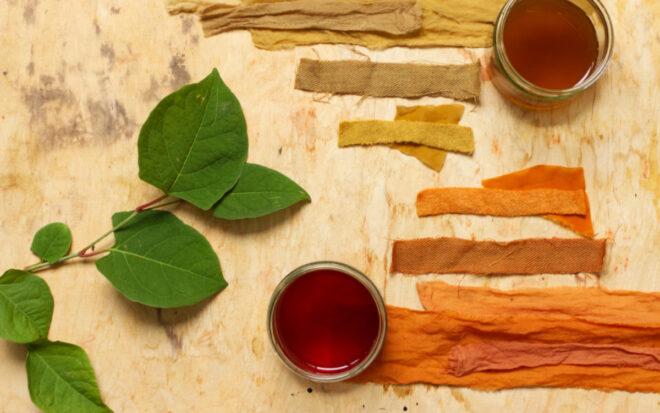
Dyeing with invasive knotweed
The invasive knotweed (Fallopia japonica) is a plant originally native to East Asia. Perhaps the name already makes you nervous? For many, this plant comes to mind thinking of 'invasive neophytes' in the plant world. But it was deliberately introduced to Europe in the 19th century as an ornamental and fast-growing crop plant. Get to know this plant, as a dye and its other uses!
-
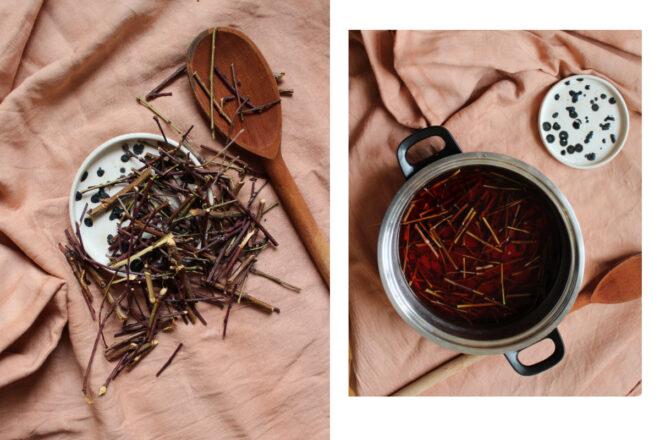
Dyeing with fruit pruning: apple, cherry and plum tree
Did you know that you can dye with fruit cuttings? Using twigs or branches from the many fruit trees that are pruned every year - usually in winter, when there are hardly any other dye plants outside. Some trees are even pruned again after the harvest. So lots of potential for the dye pot!
-
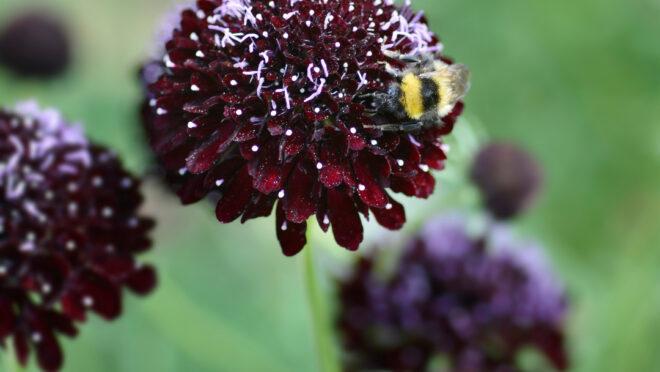
Short + sweet: Black scabiosa for your dye garden
Pincushion scabiosa, botanically Scabiosa atropurpurea You may also know this scabiosa as velvet scabiosa. It comes in different colors, from very light like white or pale pink to deep dark red, almost black. I have them here as a 'black' variety, and these are probably the most interesting for dyeing.
-
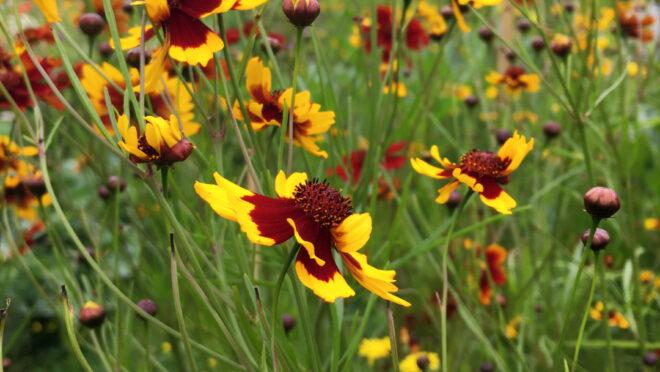
Short + sweet: Dyer's Tickseed
Dyer's tickseed, botanically Coreopsis tinctoria Tickseed is an annual plant with delicate leaves and a large number of small flowers. The flowers are a warm yellow with a mahogany red eye.